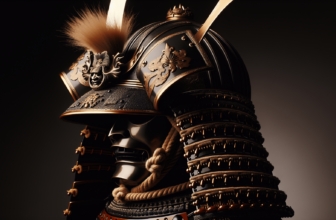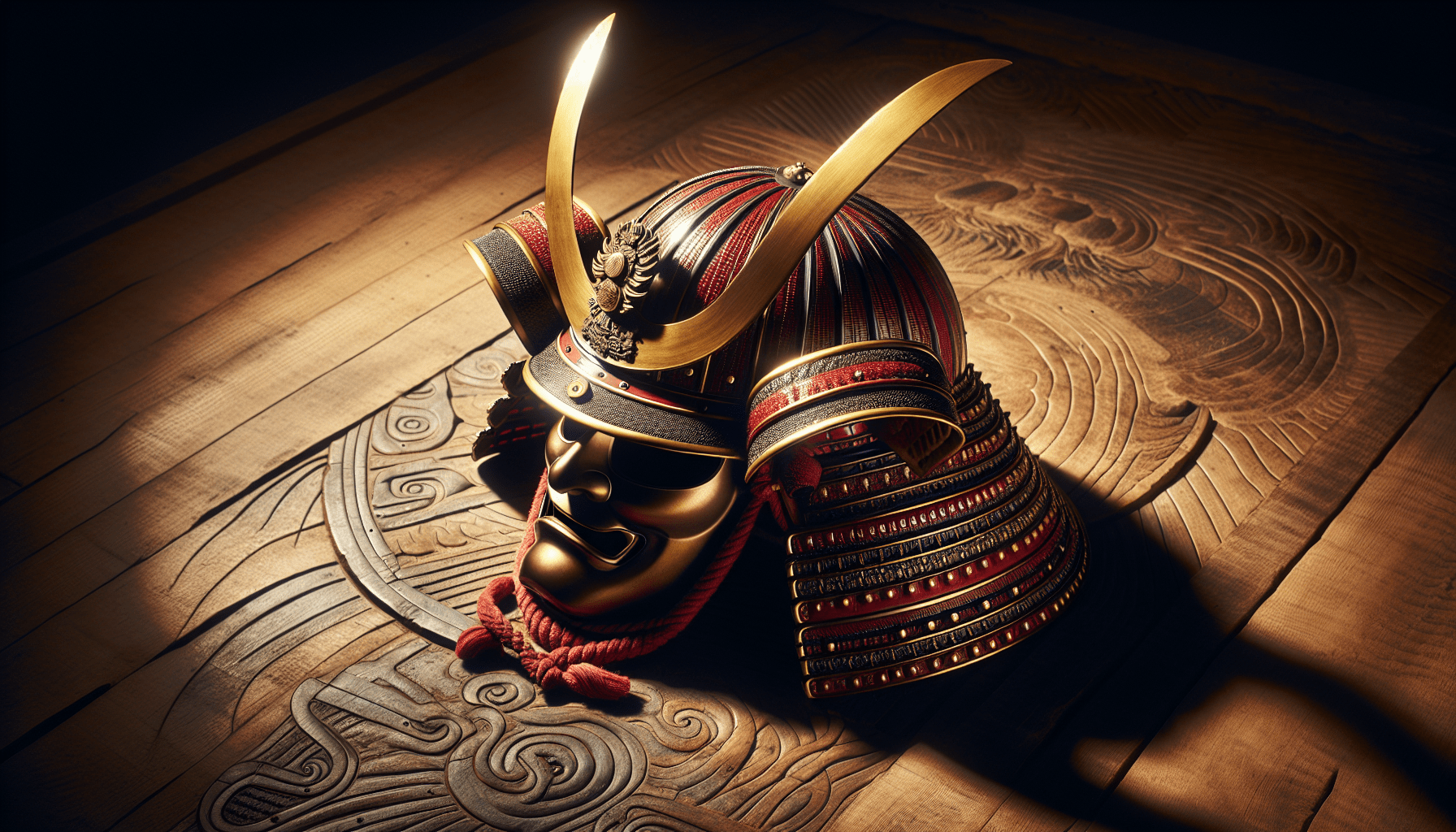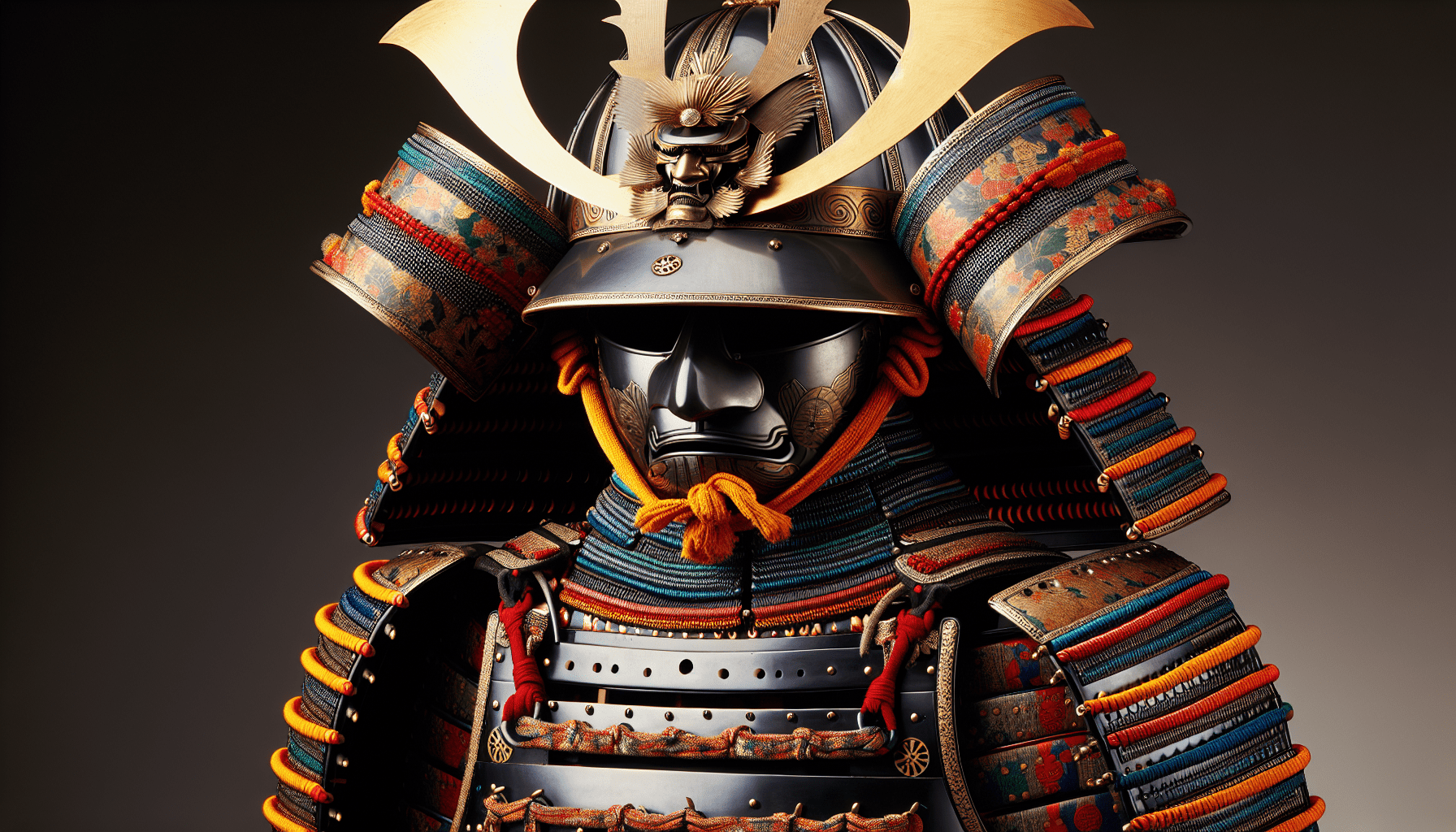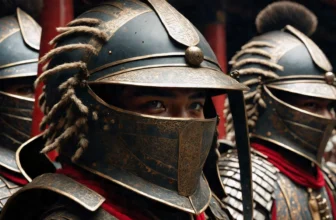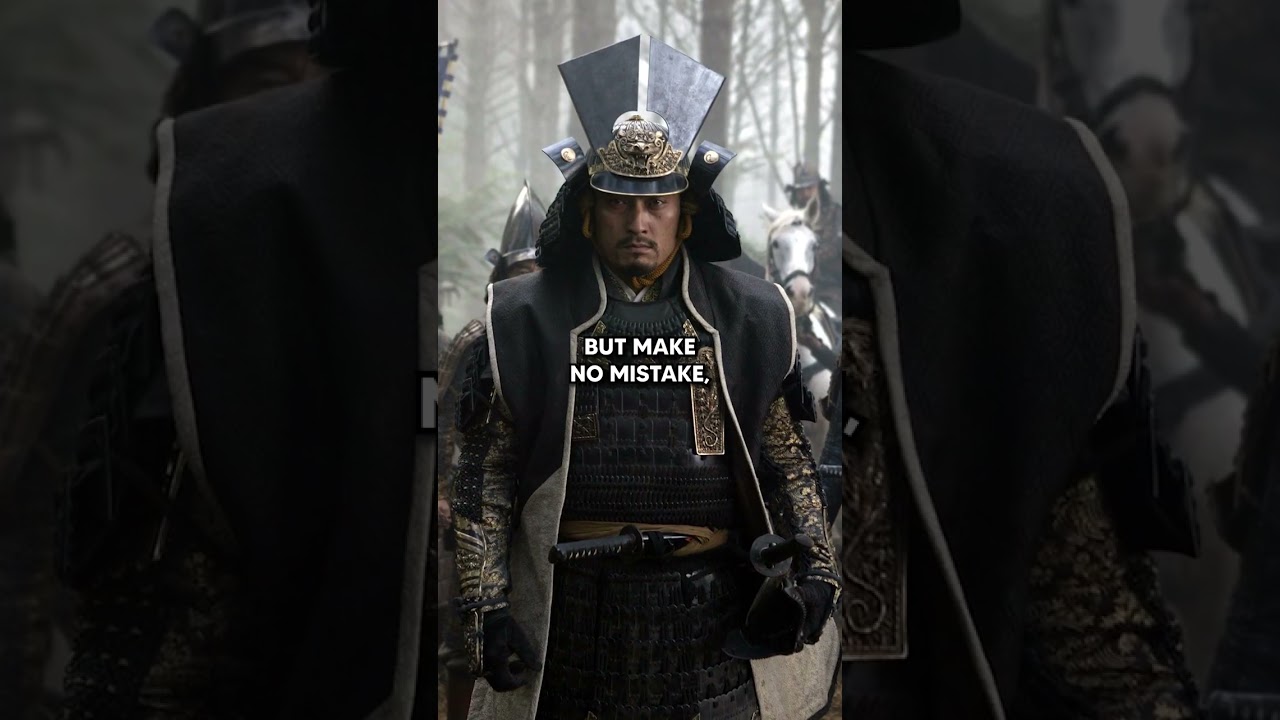
Exploring the world of samurai armor reveals much more than just an ancient form of battle attire; it showcases a blend of functionality and artistry. This iconic armor, often perceived as purely decorative, served multiple purposes, from intimidating foes to providing essential protection in combat. With its purposeful design emphasizing mobility and defense, samurai armor was a significant symbol of strength and power in the feudal era.
The effectiveness of samurai armor extends beyond its visual impact. This article will highlight the armor’s construction, its tactical benefits on the battlefield, and how it contributed to the legacy of the samurai. Discover the realities of samurai armor and determine whether it truly stands the test of time or should be considered a mere gimmick.
Historical Significance of Samurai Armor
Origins of Samurai Armor in Feudal Japan
Samurai armor, known as “yoroi,” has its roots in the tumultuous feudal era of Japan, which spanned from the 12th to the 19th century. Initially crafted for practicality in battle, the armor evolved alongside the samurai’s role as both warrior and ruling class. You’ll find that the early designs were heavily influenced by the needs of mounted fighters, combining protection with the ability to move freely while on horseback. The introduction of lacquered leather, fabric, and metal components ensured durability while maintaining lightweight characteristics essential for mobility.
Evolution of Armor Designs through the Ages
As time progressed, so did the designs of samurai armor. By the late Muromachi period, around the 15th century, armor became more stylized and ornate, reflecting the cultural trends of the time. Each era brought advancements in metalworking and new materials, transforming the design into an intricate blend of art and function. The kabuto (helmet) began to incorporate elaborate features, including crests and decoration that spoke volumes about the wearer’s clan and personal achievements. You can see how armor became a canvas for self-expression, showcasing not just practical adaptations but also a deep connection to identity and status.
Cultural Importance and Symbolism
Samurai armor served a dual purpose: protection in battle and as a symbol of status and honor. Wearing armor was a manifestation of the samurai’s code of bushido, which emphasized loyalty, bravery, and honor. The intricate designs of armor were not just for aesthetics; they conveyed messages of power and prestige. When donned, it signified a warrior ready to defend their clan and uphold their legacy. It’s fascinating to think how every piece of armor told a story that linked the individual to their ancestors and cultural heritage.
Functionality of Samurai Armor
Practical Uses on the Battlefield
In combat, samurai armor performed several crucial functions. Designed for ultimate protection against various weapons, it utilized layered construction to absorb impact and deflect blows. The articulated joints allowed for greater flexibility, enabling samurai to wield their swords while remaining agile. You can imagine how this blend of design and purpose helped the samurai respond swiftly on the battlefield, whether engaging in close combat or engaging enemies from a distance with arrows.
Materials Used in Armor Construction
The construction of samurai armor involved an array of materials, combining functionality with style. Traditional samurai armor was often made using a combination of iron, leather, and silk. The use of metal plates provided critical protection, while leather offered adaptability and comfort. With advancements in metallurgy, the strength of the armor increased without adding excessive weight. Each material used added a unique characteristic to the armor, including heat resistance and flexibility, essential for a warrior in a dynamic battlefield environment.
Weight and Mobility Considerations
While samurai armor was robust, it was also designed to remain lightweight for mobility. You may be surprised to learn that the average warriors’ armor weighed between 20 to 30 pounds, which is relatively light compared to contemporary European armor. The focus was not just on defense; samurai needed to move fluidly, execute complex maneuvers, and chase or evade opponents effectively. This balance of weight and maneuverability was essential for samurai warfare, allowing for both offense and defense without compromising agility.
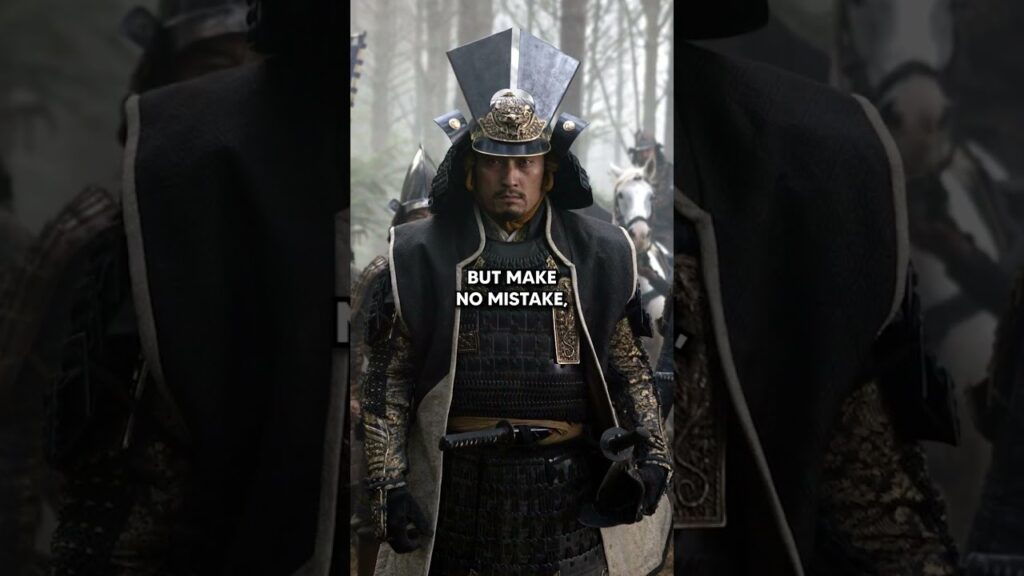
Myths and Misconceptions
Samurai Armor as Purely Decorative
A common misconception is that samurai armor was merely decorative. While it was undoubtedly crafted with artistry that showcased the wearer’s status and clan affiliation, it was very much functional. The intricacies of the designs, such as the motifs and colors, added layers of meaning, yet each piece was built to withstand the rigors of battle. Understanding this dual purpose is key to appreciating the craftsmanship behind every detail of the armor.
Misunderstanding Armor Effectiveness
Another myth revolves around the offset perception of samurai armor’s effectiveness in combat. Some believe that due to its elaborate design, it couldn’t possibly provide real protection. In contrast, the reality is that samurai armor was purposefully engineered to offer substantial defense against various weapons, including arrows, swords, and more. You’ll find that the engineering marvel of layered armor construction was quite effective, allowing samurai to thrive in the dangers of warfare.
Modern-Day Misinterpretations
Modern portrayals in films and media often distort the perception of samurai armor, painting it purely as art or costume rather than the historical weapon of war that it was. You may come across representations suggesting that the armor was impractical or solely for intimidation. While its imposing appearance certainly has a psychological impact, this undermines the fact that samurai armor was a sophisticated and effective piece of military technology in its time.
Market Value of Samurai Armor
Historical vs. Replica Armor Costs
When exploring the market for samurai armor, you may notice a significant price disparity between historical pieces and replicas. Genuine Edo-period armor can fetch thousands, if not tens of thousands, of dollars at auctions and specialized antique shops due to its historical significance and authenticity. In contrast, replica armor designed for display or costume can range from a few hundred to several thousand dollars, making it accessible for enthusiasts and collectors alike.
Factors Influencing Market Prices
The price of samurai armor is influenced by various factors, including age, craftsmanship, condition, and historical significance. Unique features, such as the presence of original paint or intricate detailing, can notably increase an armor piece’s value. Additionally, the provenance, or documented history of the piece, plays a vital role in determining market price. Understanding these factors can help you navigate the complex world of antique armor purchasing.
Fraudulent Sales and Counterfeit Armor
As with any sought-after collectible, the market for samurai armor is not free from deception. Counterfeit pieces can mislead unsuspecting buyers, often appearing authentic at a glance but lacking the detailing or craftsmanship of true armor. You need to be cautious and vigilant as you explore options, ensuring you are working with knowledgeable sellers who provide authenticity guarantees or provenance documentation. Resources like collector forums can offer helpful insight into distinguishing between genuine artifacts and replicas.
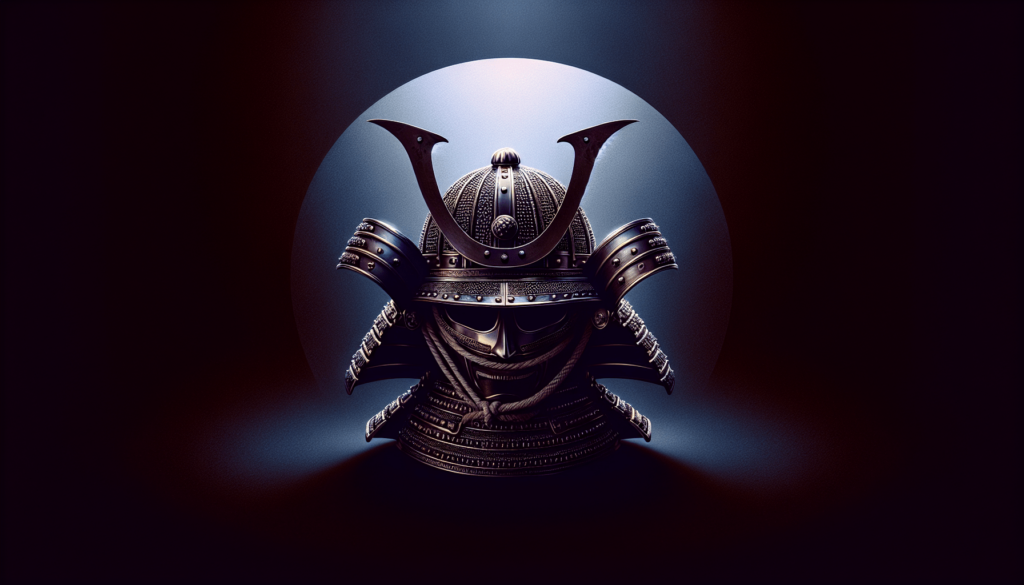
Samurai Armor and Collectors
The Role of Collectors in Preserving History
Collectors of samurai armor play a vital role in preserving history and cultural heritage. By acquiring and maintaining authentic pieces, you’re helping to keep traditional craftsmanship alive, sharing stories of the past with future generations. Many collectors also invest their time in researching and educating others about the significance of each piece of armor, illuminating the history and culture surrounding the samurai.
Authenticity Verification Techniques
To ensure that you’re investing in genuine samurai armor, it’s essential to familiarize yourself with authenticity verification techniques. Experts often examine elements such as construction methods, materials used, and signs of wear encountered over centuries. Documentation, including previous ownership and expert appraisals, also lends credibility. If you’re considering participating in this market, working with established appraisers or relying on well-reviewed publications can help you confirm the authenticity of your prospective purchases.
Collector Communities and Resources
Engaging with collector communities can enrich your experience and knowledge about samurai armor. Numerous forums, clubs, and online platforms exist where passionate individuals gather to share insights, discuss sales, and even partake in exhibitions. Networking with others who share your interest can lead to valuable connections and opportunities to learn directly from seasoned collectors or historians in the field.
Comparative Analysis with Other Historical Armors
Samurai Armor vs. European Knight Armor
When comparing samurai armor to European knight armor, notable differences in design and functionality emerge. Samurai armor is typically lighter and more flexible, allowing for agile movements reflecting the samurai’s need for speed and adaptability. European knight armor, universally heavier and more rigid, was designed for a different form of warfare, focusing on defense against heavily armored opponents. As you delve into these differences, you can appreciate how each style reflected the respective combat strategies and cultural contexts of their time.
Influences of Other Cultures on Samurai Design
The samurai armor was not isolated; it evolved influenced by interactions with other cultures. You may notice Chinese influences in early armor designs, where silk and textile components were incorporated. By analyzing these cross-cultural exchanges, you gain insight into how the samurai adapted elements from neighboring cultures for improved functionality while retaining their unique Japanese identity and craftsmanship.
Effectiveness in Different Combat Scenarios
The effectiveness of samurai and knight armor varied significantly in different combat scenarios. Samurai armor excelled in fast-paced battles and skirmishes, allowing warriors to maneuver fluidly and engage swiftly. In contrast, knight armor proved advantageous in heavily armored confrontations, where brute strength and defense were paramount. By examining these contexts, you can gain a clearer understanding of why specific armors were developed and used during their respective eras.
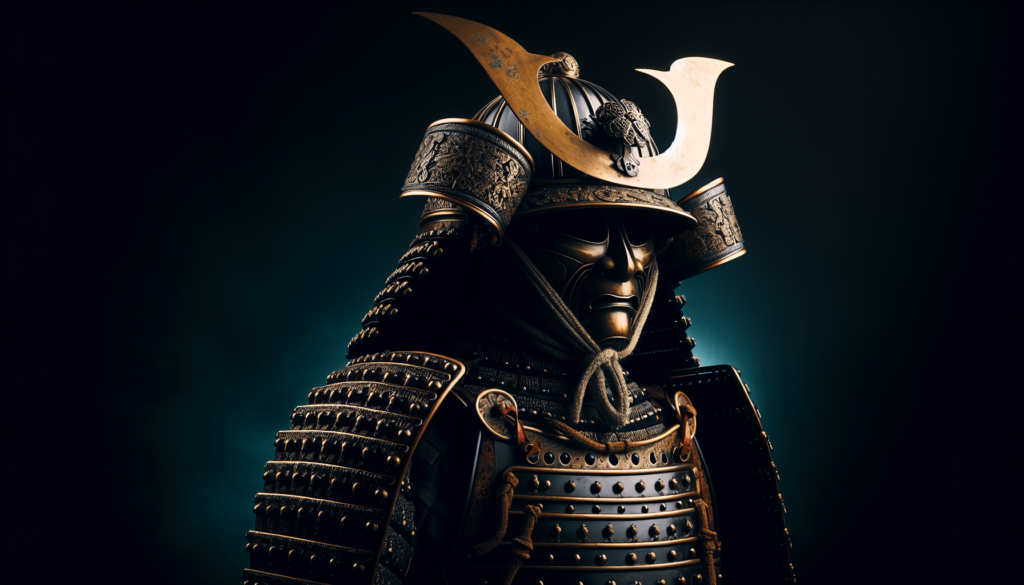
Modern Relevance of Samurai Armor
Samurai Armor in Popular Culture
Today, samurai armor remains an iconic symbol in popular culture, inspiring countless movies, television shows, and video games. Often romanticized, these portrayals highlight the visual aspects of armor while sometimes glorifying its historical narratives. Understanding this portrayal allows you to appreciate the continued fascination with samurai culture and its legacy, blending romanticism with historical facts, making you intrigued to learn more.



